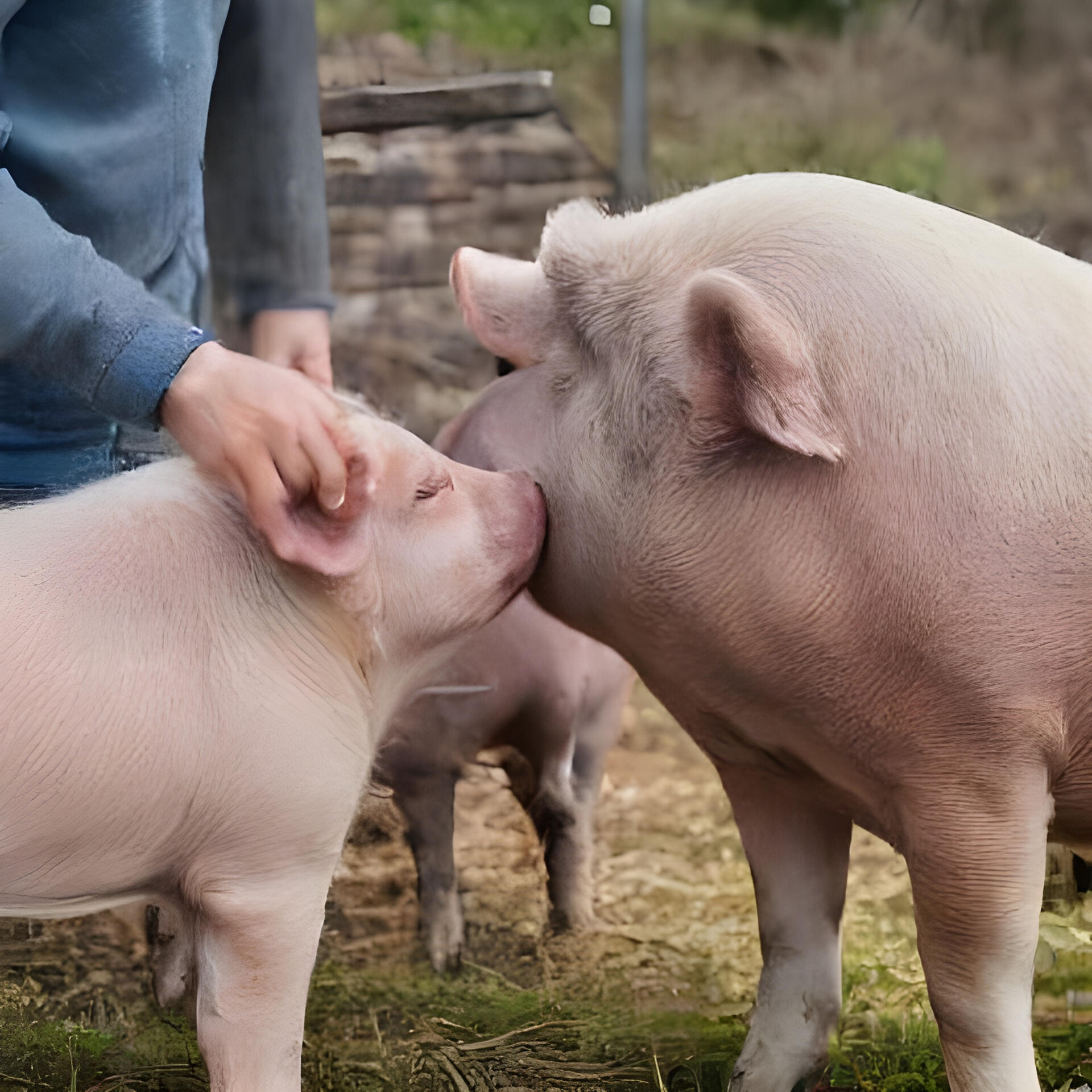1. Data Collection and Analysis
The first step in decoding animal language is collecting a large amount of data about their behaviors and sounds. Artificial Intelligence (AI) can play a crucial role in this stage by using advanced recording and analysis technologies.
Sensors and recordings: Acoustic sensors and video cameras can be used to collect sounds and images of animals in their natural habitat. For example, underwater microphones can pick up whale songs, and infrared cameras can record nocturnal behaviors of predators.
Big Data and machine learning: Once collected, this data can be processed by machine learning algorithms. AI can identify patterns and correlations between sounds produced and observed behaviors, helping to decipher how animals communicate with each other.
2. Decoding the Language of Animals
After collecting and analyzing the data, the AI can begin to decode the animal's language. This process involves recognizing linguistic and semantic structures in animal sounds and gestures.
Natural Language Processing (NLP) Algorithms: NLP algorithms, already used to translate human languages, can be adapted to analyze and interpret animal sounds. These algorithms can detect regularities and meanings in animal communications.
Semantic Modeling: By correlating sounds with specific behaviors, AI can build semantic models that describe the meaning of different sounds and gestures. For example, a certain alarm sound produced by a monkey may be associated with the presence of a specific predator.
3. Facilitating Inter-species Communication
Once animal language is decoded, AI can be used to facilitate communication between humans and other species.
Real-time translation devices: With the help of AI, wearable devices can be developed that translate animal sounds into human language and vice versa. For example, such a device could translate a bird's song into a human-intelligible voice message.
Mobile apps and voice interfaces: AI-powered mobile apps could allow users to communicate directly with animals. The user could enter a text or voice message and the app would generate a specific sound or gesture that the animal would understand.
Robotics and physical interaction: AI-equipped robots can mimic animal behaviors and sounds to facilitate more natural interactions. These robots could be used in behavioral research or conservation programs to communicate with wild species.
Impact and Challenges
Human-animal communication, mediated by AI, has the potential to radically transform our relationship with the natural world.
Conservation and protection: Understanding animal language can help protect endangered species by interpreting stress and threat signals.
Improving animal welfare: Direct communication with pets and farm animals can improve their welfare, allowing people to better respond to their needs.
Ethical and technical challenges: However, there are significant ethical and technical challenges. Misinterpretation of signals can lead to negative consequences, and the use of technology must be responsible and respectful of wildlife.
AI has the potential to revolutionize the way we communicate with other species, opening up new horizons for understanding and protecting the natural world. With love...
